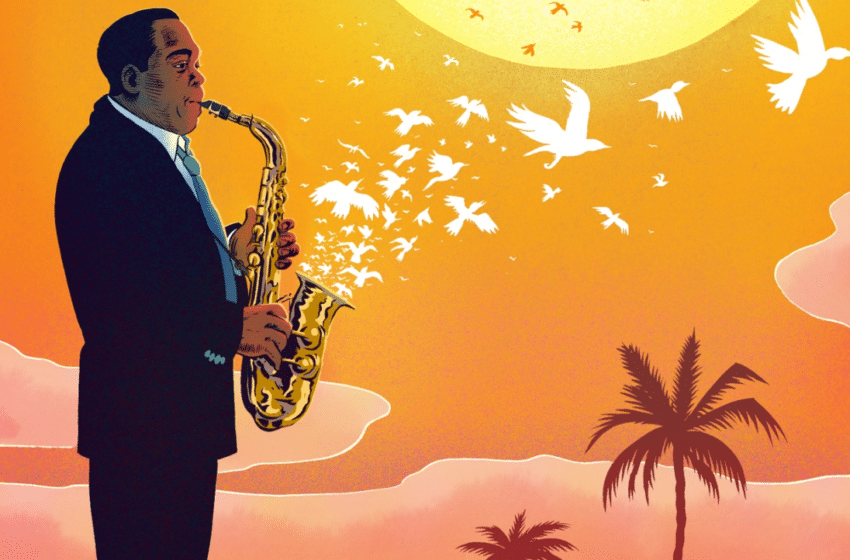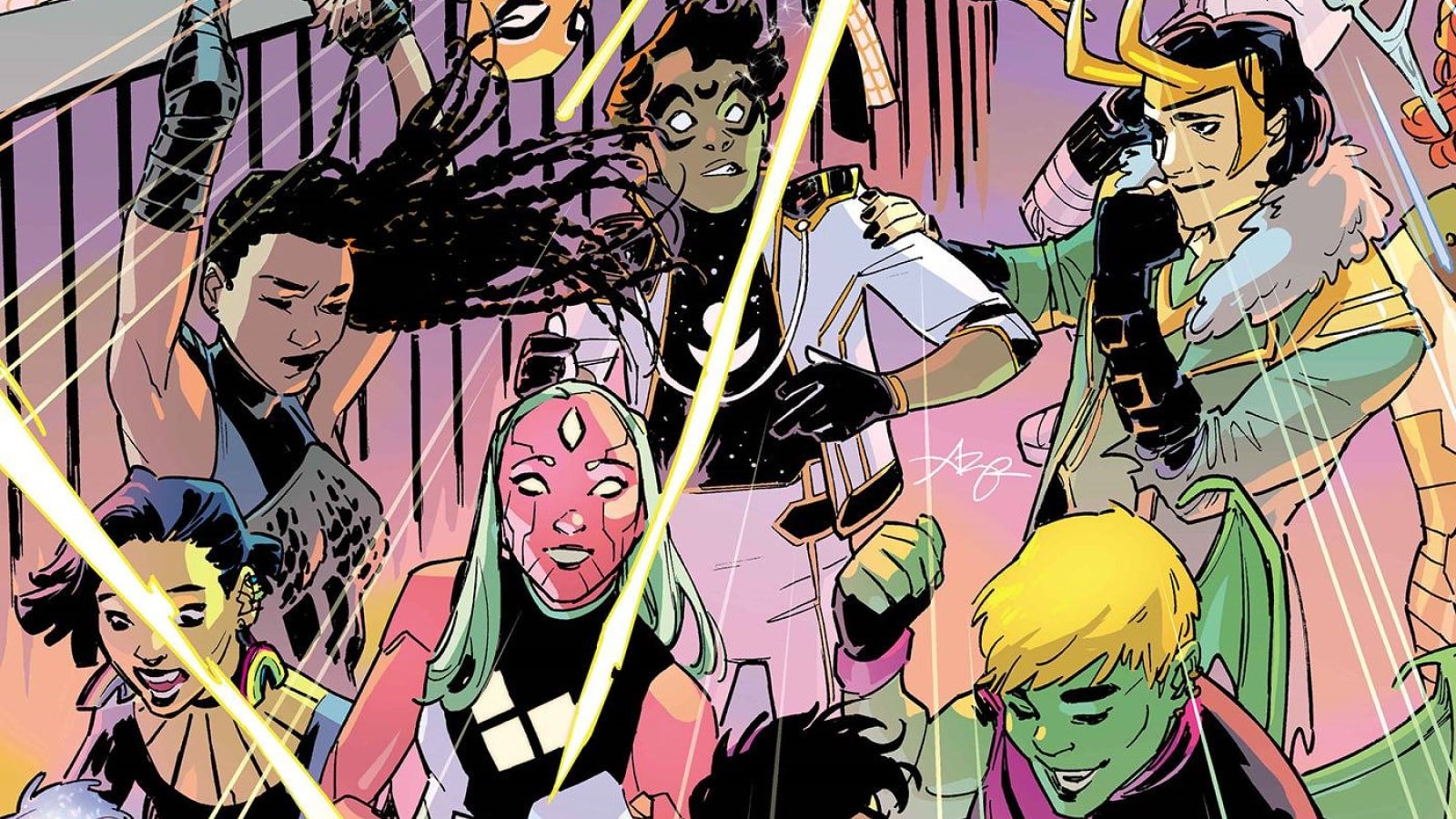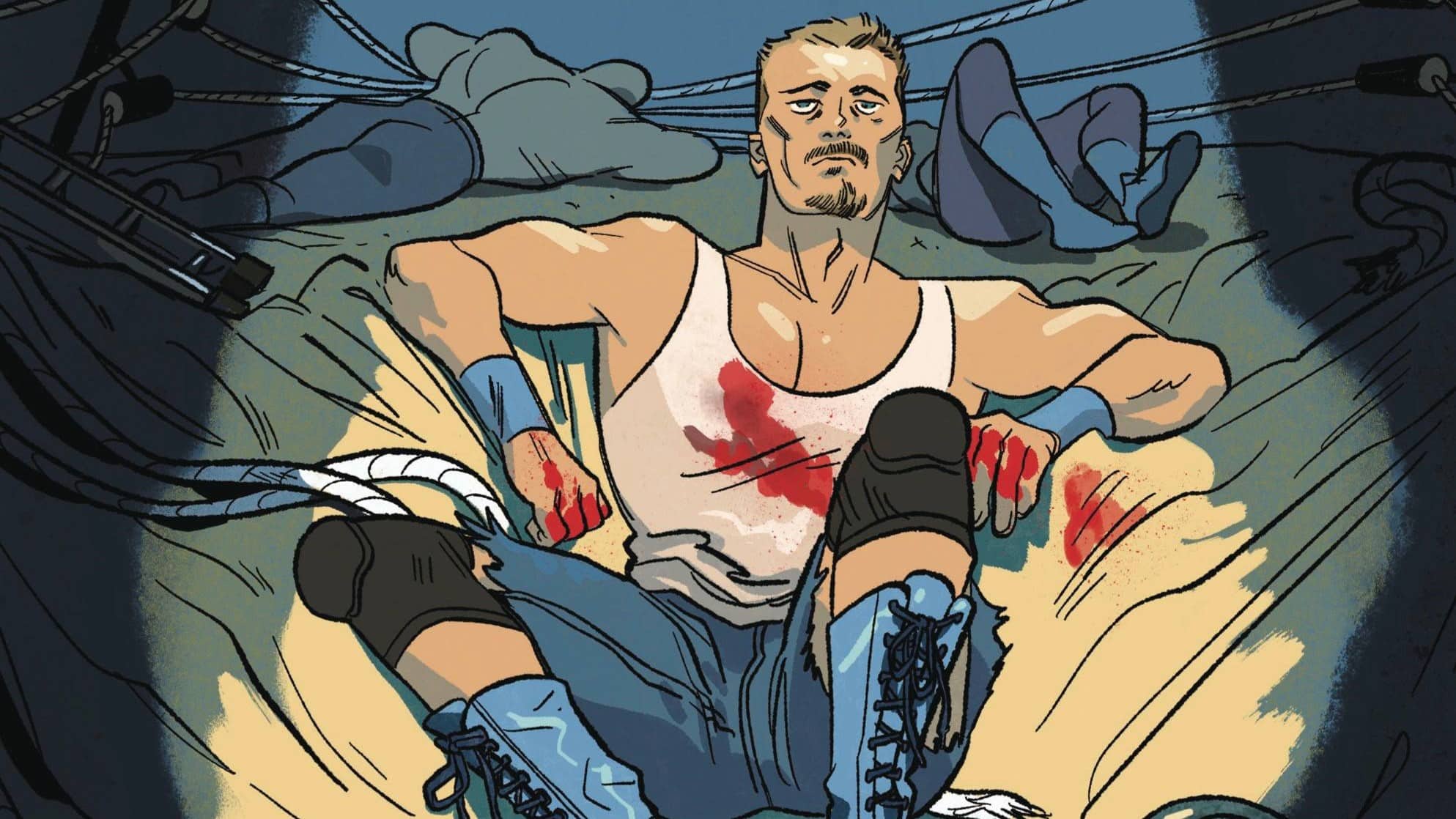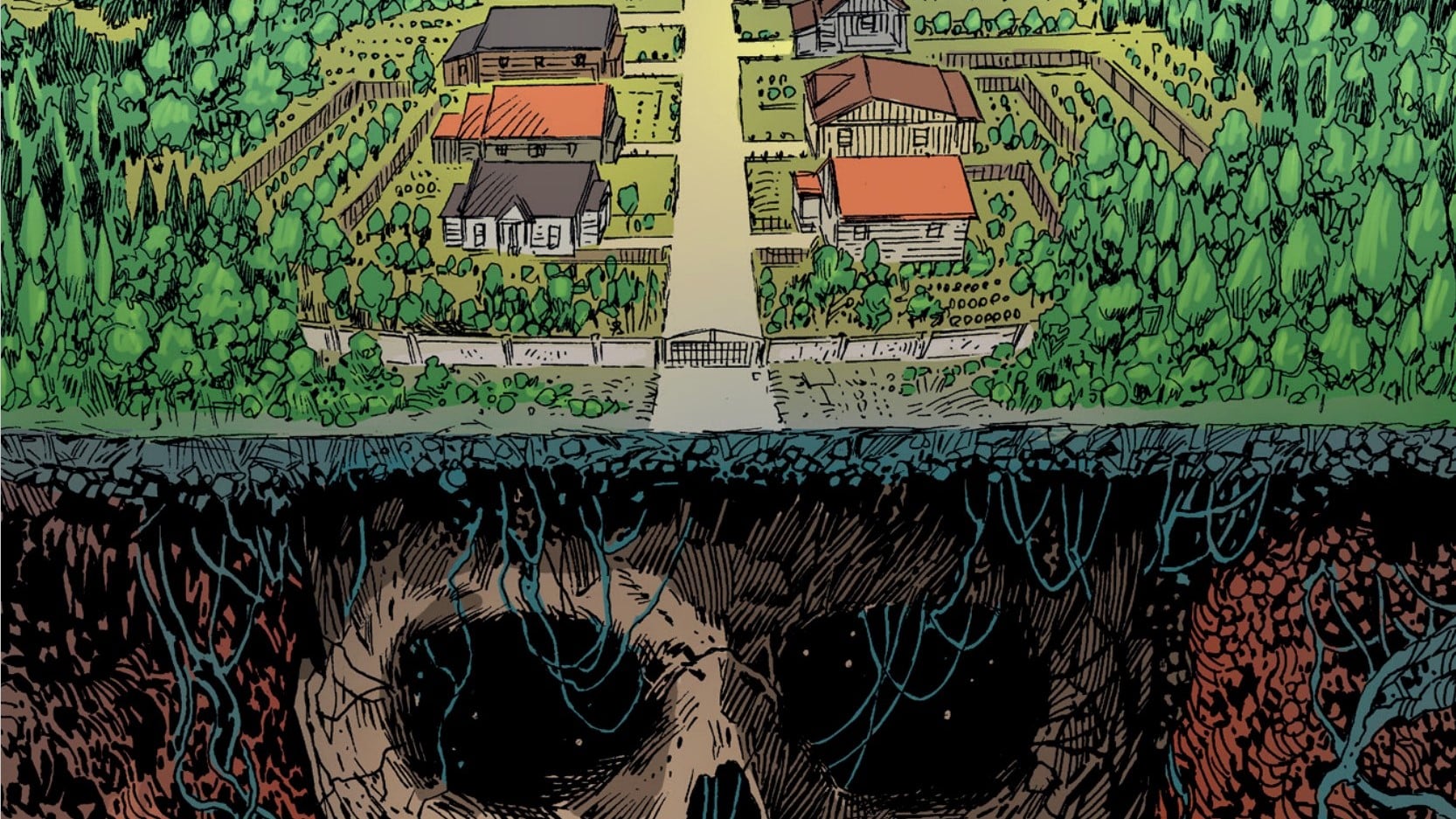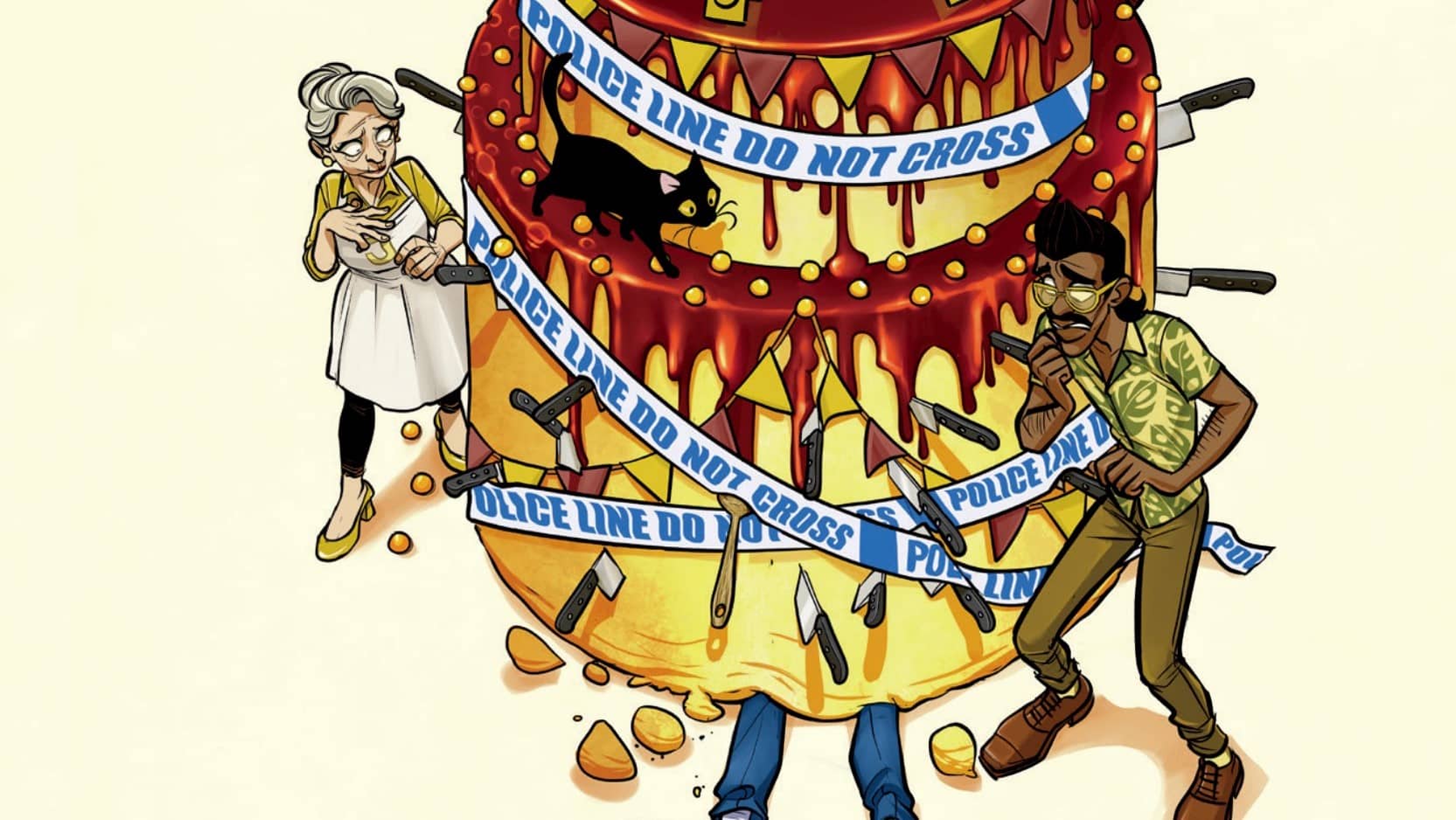Chasin’ the Bird is Dave Chisholm’s telling of Charlie Parker’s tumultuous time in Southern California. And, like Bird’s time in Los Angeles, the many extraordinary highs of this book are weighed down by a few immense, chronic lows that begrudgingly yet necessarily color my view of this work.
Chisholm, who holds a doctorate in jazz trumpet and teaches cartooning in Rochester, NY, researched, wrote, and illustrated this work on his own. The staging, the coloring and the movements are all well done, with a unique warmth and flourish. There is abstract where others may have concentrated detail. The colors are muted, yet feel appropriate in the world he created. In this way, what he’s created on paper is a bit like jazz: yes, there’s a structure, but the freehand carries the force.
More on that later.

The story is presented using six vignettes (called choruses) to illustrate Parker’s actions and impact. We learn through the eyes of these six friends and associates, each granting a bit of insight into his psych. It’s an intriguing, if rote framing device that certainly provides the reader with a full portrait of the heralded musician. Chisholm did a yeoman’s job researching people, places and ideas. Chisholm should be proud: the effort and heart he put into this work is clear. Itis absolutely worth your time to read.
Yet I did not love it, and I struggled, weeks after my initial reading, deciding if I even liked it.
Ironically, the same framing device Chisholm uses to allow Parker to speak robs him of a voice. Chasin’ the Bird reads as yet another journey of a magical negro: arriving from the heavens and leaving again for places unknown, their only purpose to enrich the lives of others.
The fullness of Parker’s humanity felt untapped, and this lack of humanity – and empathy for his humanity – stuck with me.

This is Michael Clarke Duncan in The Green Mile. This is Will Smith in The Legend of Baggar Vance. I am disappointed to see that trope applied here. I am tired of seeing it in general.
Yet I am not surprised. I am not surprised.
Chasin’ the Bird dedicates the same – if not more – energy towards his drug-hobbled proclivities than to his revolutionary sound. I understand including descriptions of drug use. It certainly shaped much of who he was and what he created. Yet I find it hard to believe a comparable text, written in honor of a comparable white artist (say, Mick Jagger or Kurt Cobain), would use the term “junkie” so flippantly. There is accuracy. There is respect. Chisholm chose one over the other when, with different wording, no choice needed to be made.
The dialogue failed to replicate the natural cadence of how people speak, and those failed attempts took me out of the story. It felt forced – like the author wanted to use authentic language but realized that he didn’t have the wherewithal to construct the language conceits correctly. Too often, I felt I was reading a caricature, not a character.

So yes, I was disappointed. And yet I still encourage you to read it.
Earlier I compared this book to a work of jazz.
Jazz, at its heart, seeks to defy structure, not adhere to it. It’s why I argue creators like MF Doom (RIP) are direct successors to Parker. Creation knows no bounds, and jazz is creation.
The world Chisholm created in Chasin’ the Bird is vivid. Fluid. I see his vision. I see the structure he sought to defy. And though ultimately his work ironically succumbs to institutional structures, that’s ok.
Jazz is experimentation. It is trying, failing often, and trying again. Some of my favorite songs were recorded in multiple takes, each take a different riff, riffs that may only be barely recognizable in the “final” version. And those versions, often inferior to the final, still hold value. They’re still worth examining.
Does one need innate knowledge and context to understand the nuances of Parker’s experiences and intricacies of his decisions? Is knowledge that comes strictly from scholarship – from reading reams of books and articles, from sources who themselves may not have had the context necessary to translate – sufficient?
Can one be self-aware enough to know when they don’t, in fact, know?
Yes. No. I don’t know. That’s why we try – to discover the answer. To figure it out. And that, the art of figuring it out, is the art of Jazz.

I want Chisholm to keep writing. Keep drawing. Keep playing his instrument; but refine his sound with greater context and humility.
Chasin’ the Bird was worth all the time that went into its creation, and it is worth your time to read. For while the refrain of this story is tired, the heart is true. And as long as there is heart, there is hope.
That’s my take anyway. I encourage you to take a look (and a listen) for yourself. It’s well worth your time, even if it’s not what you were hoping for.
Throughout the work, Chisholm references, either directly in text or through illustration, several pieces of work Parker either created or was influenced by. I’ve created a short playlist of a few of those pieces. Feel free to listen along as you read.
A proud New Orleanian living in the District of Columbia, Jude Jones is a professional thinker, amateur photographer, burgeoning runner and lover of Black culture, love and life. Magneto and Cyclops (and Killmonger) were right.
Find more of Jude’s writing here.

